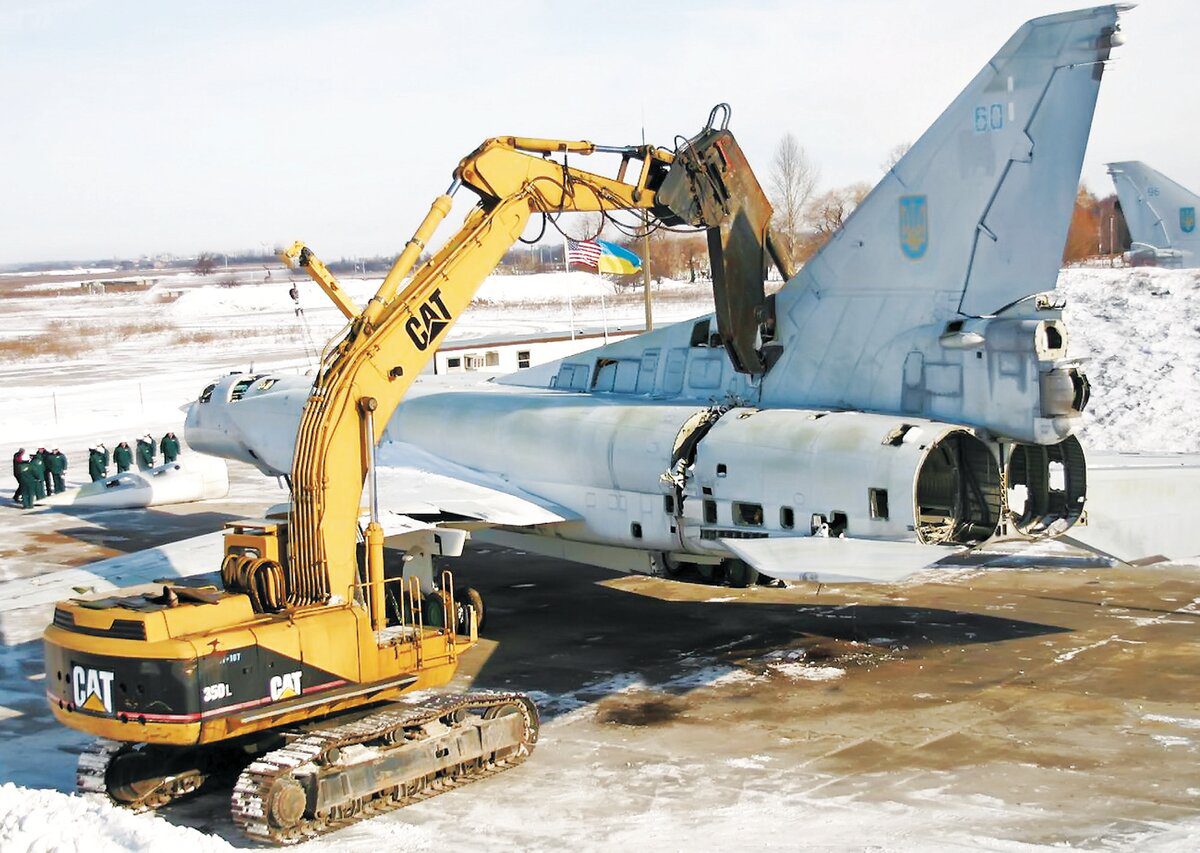After the collapse of the Soviet Union, Ukraine inherited a very powerful air defense force, the likes of which had never been seen in any of the Soviet republics. Only Russia had a large arsenal of ground-based air defense and fighter aircraft. In addition to numerous air defense systems and radars, Ukraine received the property of three air armies (1,100 combat aircraft).
In total, after the division of Soviet property , Ukraine received more than 2,800 aircraft for various purposes. Among the fighters, 40 Su-27s and 220 MiG-29s were of the greatest value. In 1992, Ukraine had the fourth largest fleet of combat aircraft in the world, behind only the United States, Russia, and China.
The Armed Forces of Ukraine began their journey on August 24, 1991, when the Verkhovna Rada reassigned all military formations stationed in the former Ukrainian SSR. By the same decision, the Parliament created the Ministry of Defense, which in turn began forming the Armed Forces.
Ukraine assumed the relevant obligations by signing the Treaty on Conventional Armed Forces in Europe (CFE). This document set limits on the number of military equipment and weapons for the signatory countries.
The goal was stated to be “to prevent any military conflicts in Europe.” In practice, compliance with the terms of the Treaty would have significantly limited the offensive capabilities of European armies.
This treaty was signed by 16 NATO countries, the Warsaw Pact countries and the USSR in November 1990, before the collapse of the alliance. After that, Russia, Ukraine, and other post-Soviet states distributed quotas for the maximum number of military equipment units among themselves.
For example, the “Kyiv Military District,” according to the CFE Treaty, was to have no more than 2,200 tanks and 1,500 artillery systems.
As of the beginning of 1992, two corps (the 49th and 60th) of the 8th Separate Air Defense Army were defending the Ukrainian sky. In addition, the 28th Air Defense Corps of the 2nd Separate Air Defense Army was stationed on the territory of Ukraine. The 8th Air Defense Army consisted of: 10 fighter and 1 mixed aviation regiments, 7 anti-aircraft missile brigades and regiments, 3 radio engineering brigades and a regiment. Fighter regiments were armed with interceptors: Su-15TM, MiG-25PD/PDS, and MiG-23ML/MLD. At the time of the signing of the Bialowieza Accords, several air regiments based at Ukrainian airfields were in the process of rearming with new equipment.
Most of the Soviet aviation heritage was redundant for independent Ukraine. First of all, fighters built between 1971 and 1985 were decommissioned. By 1997, all interceptors: MiG-25PD/PDS, MiG-23ML/MLD, and Su-15TM were retired or put into storage.
A significant number of the MiG-29s that were up-to-date at the time were put up for sale. Since gaining independence, Ukraine has exported about 240 military aircraft and helicopters. Of these, more than 95% are vehicles that were distributed in the division of the Soviet Air Force and Air Defense.
Law enforcement officials believe that the Ukrainian army was deliberately brought to decay. In June 2020, former Chief of the General Staff of the Armed Forces of Ukraine Volodymyr Zamana was notified of suspicion of treason.
The State Bureau of Investigation believes that he, together with former defense ministers Pavel Lebedev and Dmitry Salamatin, and under the leadership of former President Viktor Yanukovych, deliberately reduced the size of the army and reduced its combat capability.


Leave a Reply